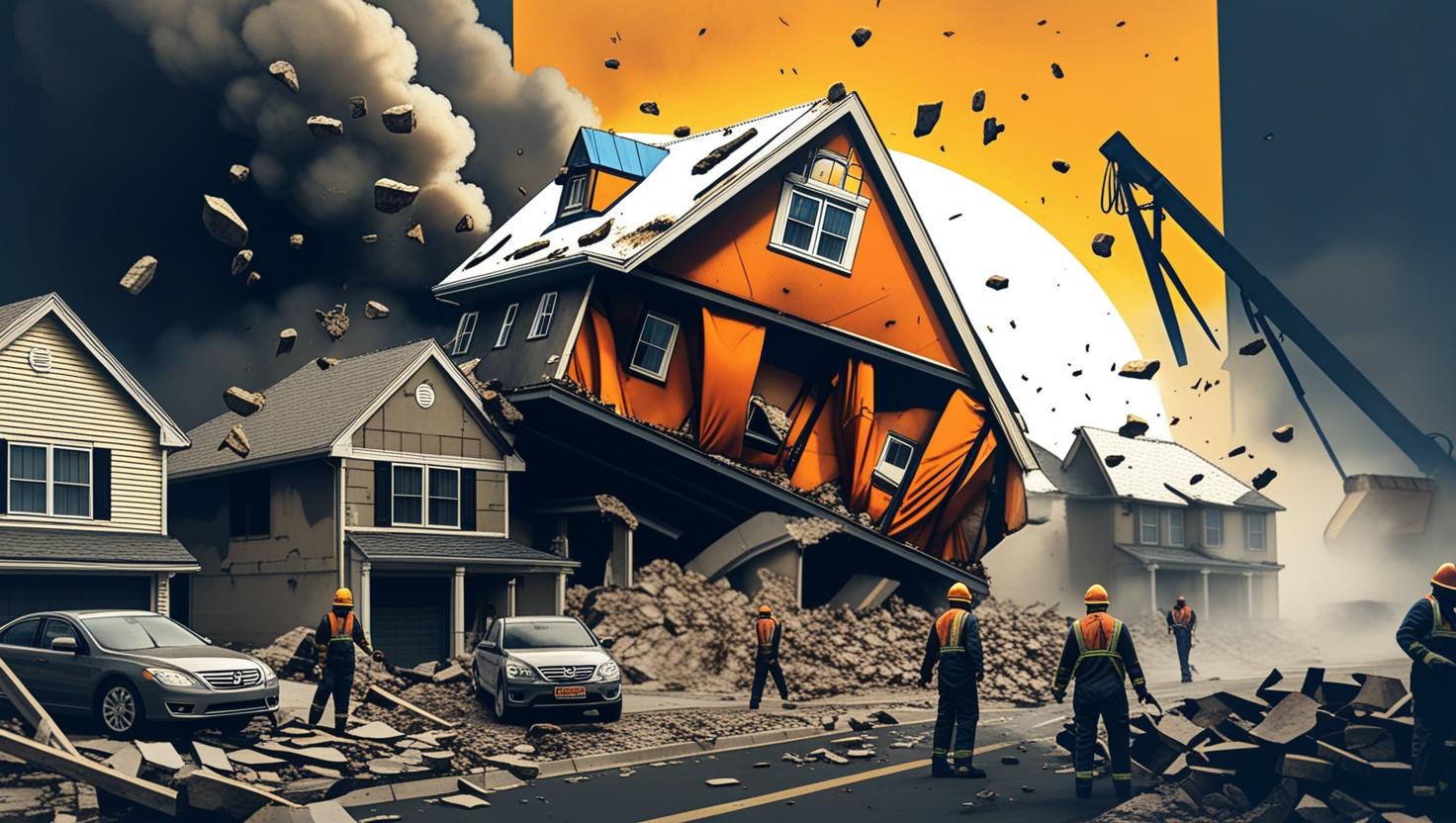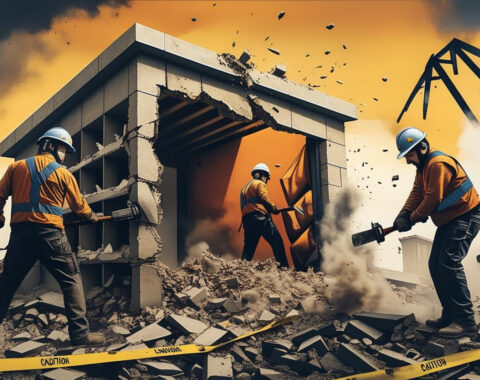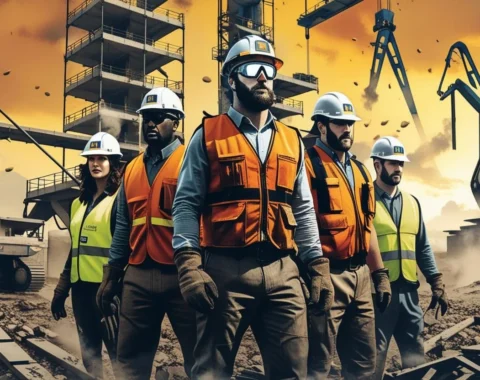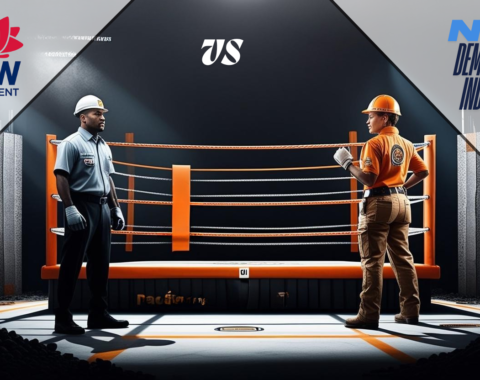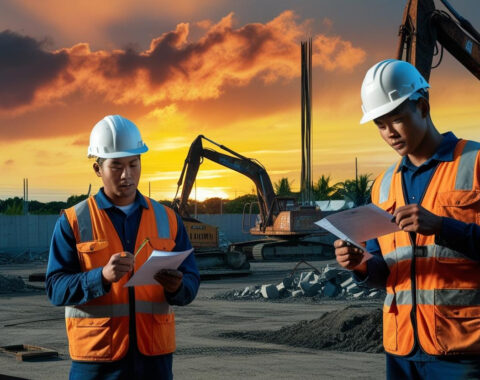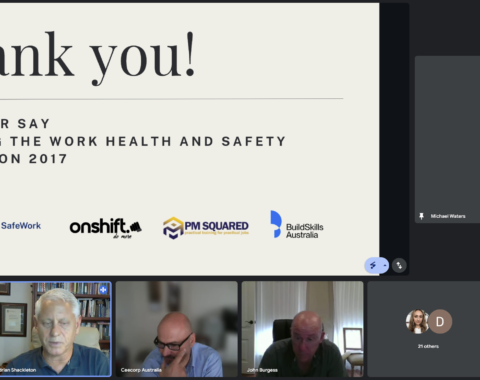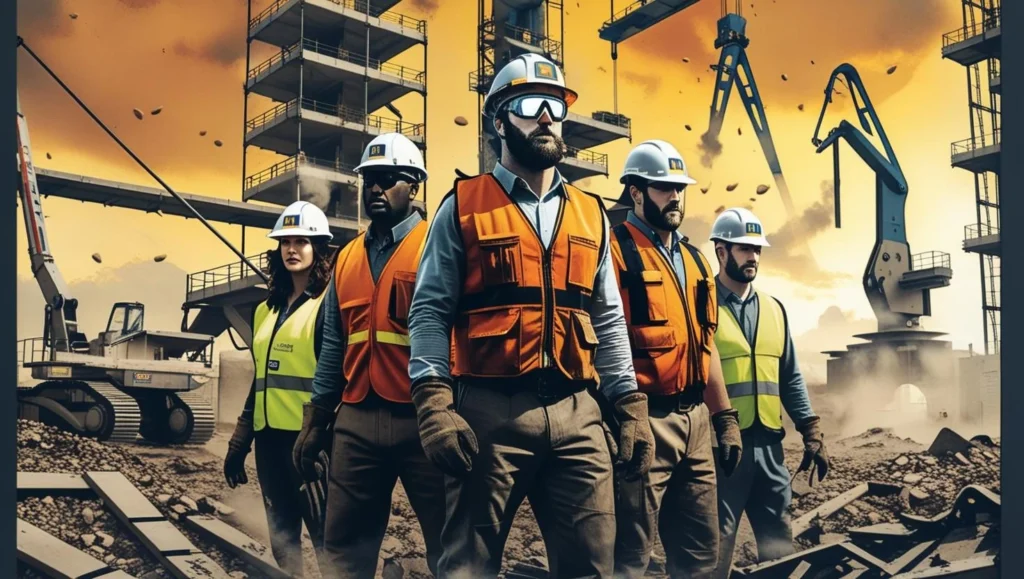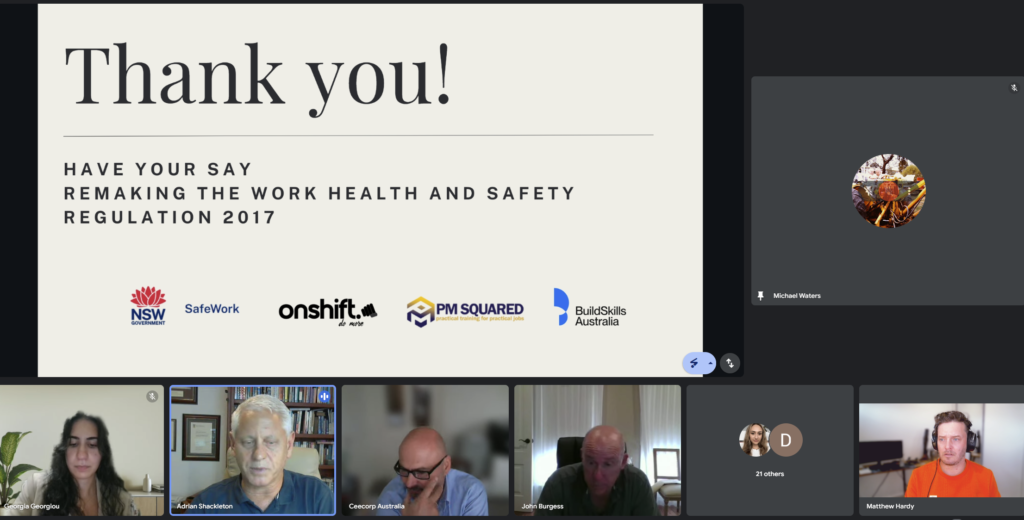Understanding Induced Collapse in Residential Demolition
Key Issues with Induced Collapse on Residential Properties
SafeWork NSW has identified several risks and problematic practices linked to induced collapse in residential demolition. These include:
Close Proximity to Other Properties: Many residential buildings are located near other structures, increasing the likelihood of unintended damage.
Lack of Expert Planning: Contractors may attempt induced collapse without consulting structural engineers to determine the safest approach.
Workers Re-Entering Demolition Footprint: When an initial induced collapse attempt fails, workers may dangerously re-enter the zone to remove additional supports.
Faulty Equipment: Wire ropes, slings, and chains used for induced collapse are often poorly maintained, increasing the risk of failure.
Traffic Management Issues: Heavy machinery is sometimes used on residential streets without appropriate traffic control measures.
Exclusion Zone Failures: The absence of properly defined exclusion zones exposes workers and bystanders to falling debris and equipment failures.
Regulatory Obligations Under the WHS Regulation 2017
Demolition contractors and PCBUs (Persons Conducting a Business or Undertaking) are required to comply with the Work Health and Safety (WHS) Regulation 2017, particularly:
Clause 35 – Managing Risks to Health and Safety
Duty holders must:
Eliminate risks to health and safety as far as reasonably practicable.
Minimise risks when elimination is not possible.
Under the Work Health and Safety Act 2011 (Section 18), SafeWork NSW considers it ‘reasonably practicable’ to conduct residential demolitions sequentially, reducing the need for re-entry into unstable structures if an induced collapse is unsuccessful.
SafeWork NSW Position on Induced Collapse
SafeWork NSW strongly advises against using induced collapse for residential demolitions unless specific safety measures are in place. Instead, contractors should:
Prioritise Sequential Demolition: Avoid induced collapse where possible, opting for a step-by-step dismantling approach.
Seek Expert Advice: Engage a structural engineer or other competent professional before considering induced collapse.
Restrict Use to Suitable Structures: Induced collapse should only be applied to detached, isolated buildings on level sites with ample clearance.
Ensure Adequate Space: The collapse zone must be large enough to prevent debris from impacting nearby structures.
Prepare Safe Work Zones: Ensure enough space for personnel, equipment, and plant to be moved to a safe location before collapse.
Maintain Equipment: Regularly inspect wire ropes, slings, and chains for compliance with Australian Standards.
Linking to Broader WHS Enforcement
The increasing enforcement powers granted to SafeWork NSW under recent WHS amendments and enhanced penalty provisions make it imperative for demolition contractors to comply with safety regulations. The expanded penalty system now allows for more significant fines and penalties for non-compliance, reinforcing the importance of following SafeWork NSW’s recommendations.
For example, under WHS Penalty Provisions, failures to maintain exclusion zones or ensure proper demolition sequencing could lead to financial penalties and legal consequences. (See our article on Demolition Regulations Changes and WHS Penalties for Demolition Employers for further details.)
Guidance & Compliance Resources
For those involved in demolition work, SafeWork NSW recommends consulting the following:
Conclusion
Induced collapse presents severe risks when applied to residential demolitions without proper controls. With SafeWork NSW actively monitoring compliance and imposing stronger penalties for unsafe demolition practices, contractors must adopt best practices, engage experts, and follow WHS regulations to ensure safety for workers and the public alike.

